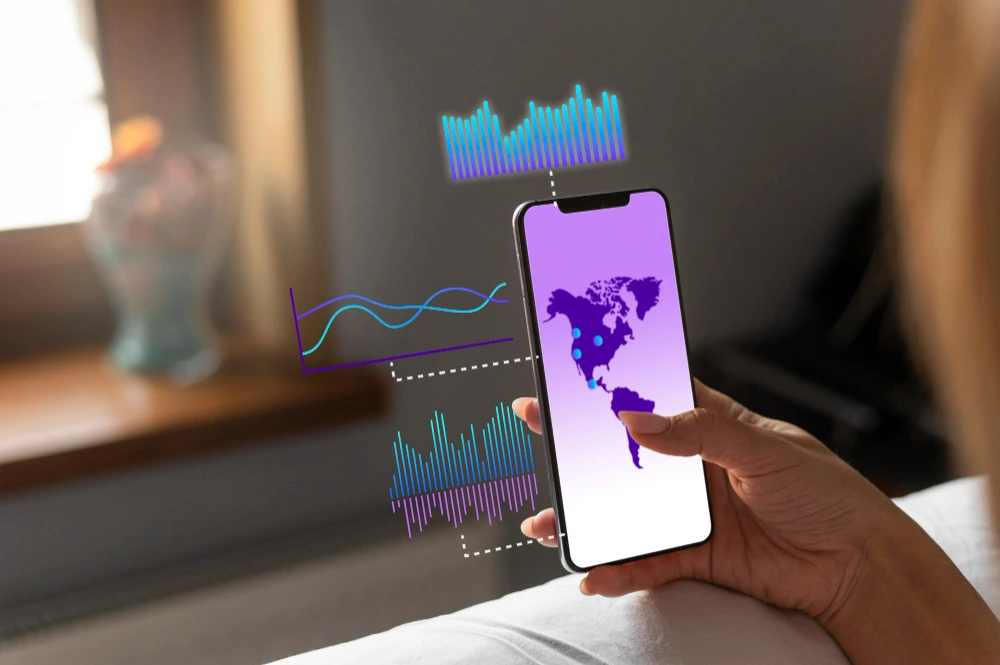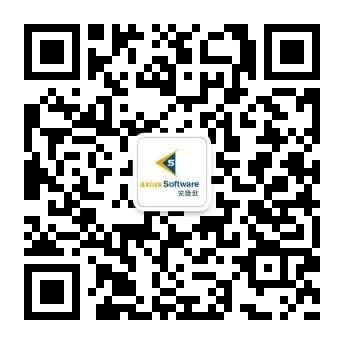
Virtual Reality Meetings, or VR meetings, in short, use virtual reality development to build engaging and interactive meeting experiences. They are designed to mimic in-person meetings and allow participants to communicate with one another regardless of their physical locations. Such meetings take place using a VR headset, using Avatars in virtual meeting spaces.
We at axiusSoftware, continue to uplift and work towards virtual reality development and believe that Virtual Reality Meetings will benefit multiple sectors & will replace conventional physical meetings by a good margin.
In this blog, we’ll look at how VR meetings are changing the way we work and interact by creating intriguing new possibilities. We will also look into the requirements, advancements, benefits, and future of Virtual Reality Development.
8 Requirements of Holding a Virtual Reality Meeting
VR Headsets:
Participants must wear virtual reality (VR) headsets, that measure head movements and show each user a 3D virtual environment.
Avatars:
Users frequently build editable avatars that are virtual versions of themselves. Other users get to see these avatars in the virtual meeting room. Participants then recognize and communicate with one another through these avatars.
Virtual Meeting Spaces:
Virtual reality development has enabled meeting spaces to have a variety of designs and layouts. These settings can be representations of actual places like conference rooms, auditoriums, or even fantasy places. Participants can move around and explore in a virtual environment.
Spatial Audio:
Spatial audio, which alters depending on the user’s position and orientation, is frequently used in VR meetings. As a result, the experience is more immersive and participants can have casual discussions with people around them.
Gestures and Interactivity:
Hand controllers or gestures detected by the VR system can be used by participants to interact with the virtual environment and with other users. To communicate nonverbally, they can shake hands, wave, point, or use gestures.
Presentation and Collaboration:
Platforms for virtual reality meetings typically include tools for presentations and teamwork. Within the virtual environment, users can share and view documents, photographs, and videos, fostering cooperation and productivity.
Networking and Socializing:
VR platforms frequently include areas for informal networking and socializing in addition to professional meetings. Together, participants can explore the virtual world, play games, and have casual discussions.
Remote Connectivity:
VR meetings enable communication and interaction between people in various locations. Each participant can join the conference and converse with others without any difficulty as long as they have a VR headset and an internet connection.
Advancements in VR Technology for Meetings:
The VR meeting experience has been greatly improved thanks to advancements in Virtual reality development. With their high-resolution displays and enhanced graphical capabilities, contemporary VR headsets provide breathtaking views and scenarios.
VR companies in India, China and the USA
have taken on a new challenge of adding haptic feedback and other sensory components to virtual meeting settings. Users are now able to touch virtual items, feel vibrations, and even detect temperature changes.
Through more realistic interactions and a deeper level of immersion, this multimodal approach makes VR meetings seem more organic and real.
How Your Workplace Can Benefit through VR
There are several professional contexts in which VR meetings can be used. A majority of these workplaces can incorporate VR meetings in the following ways:
1. Virtual boardrooms and team meetings can be held in professional and corporate settings, offering a collaborative setting for decision-making and brainstorming.
2. VR can also be used for remote training and onboarding programs, providing employees with immersive and interactive experiences regardless of where they are physically located. VR companies in India, China, and the USA are particularly pitching this benefit to their clients.
3. For product-based businesses, real-time visualization and manipulation of virtual prototypes by designers and engineers can speed up the development process and eliminate the need for actual prototypes.
The Rising Trend of VR is Here
The potential for VR meetings will be immense in the future. Virtual assistants and artificial intelligence integration can improve meetings even more by automating activities, delivering real-time information, and promoting natural interactions.
Participants will be able to connect regardless of the VR platform they are using, thanks to cross-platform compatibility and interoperability. Users will be able to personalize and customize their virtual settings to suit their preferences and working methods.
Axius Software is an AR-VR Development Company that helps develop applications and interactive visual solutions for our clients. With the help of our VR application development, we help take end-user engagement to the next level. For more information on our services, please visit our website www.axiussoftware.com, today!











